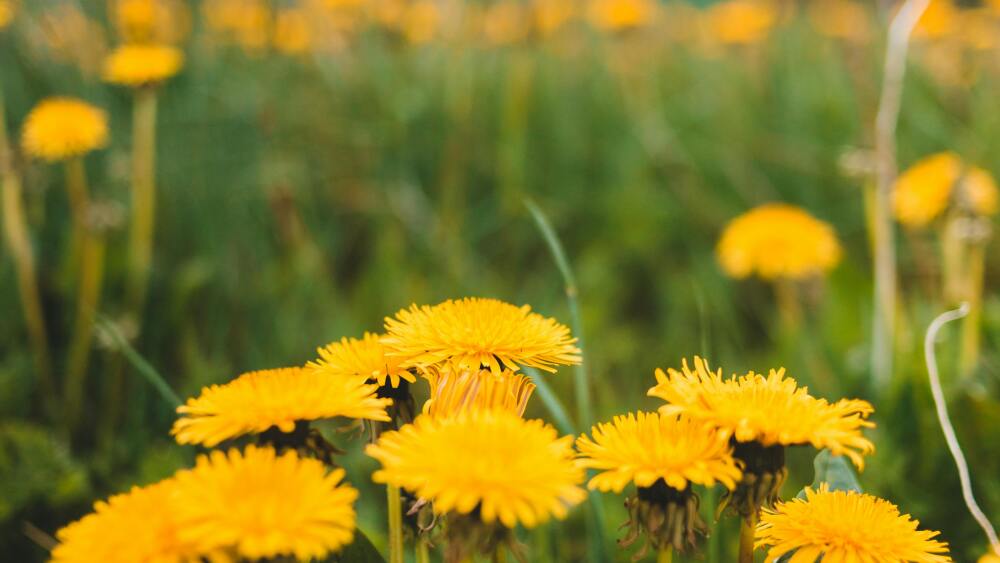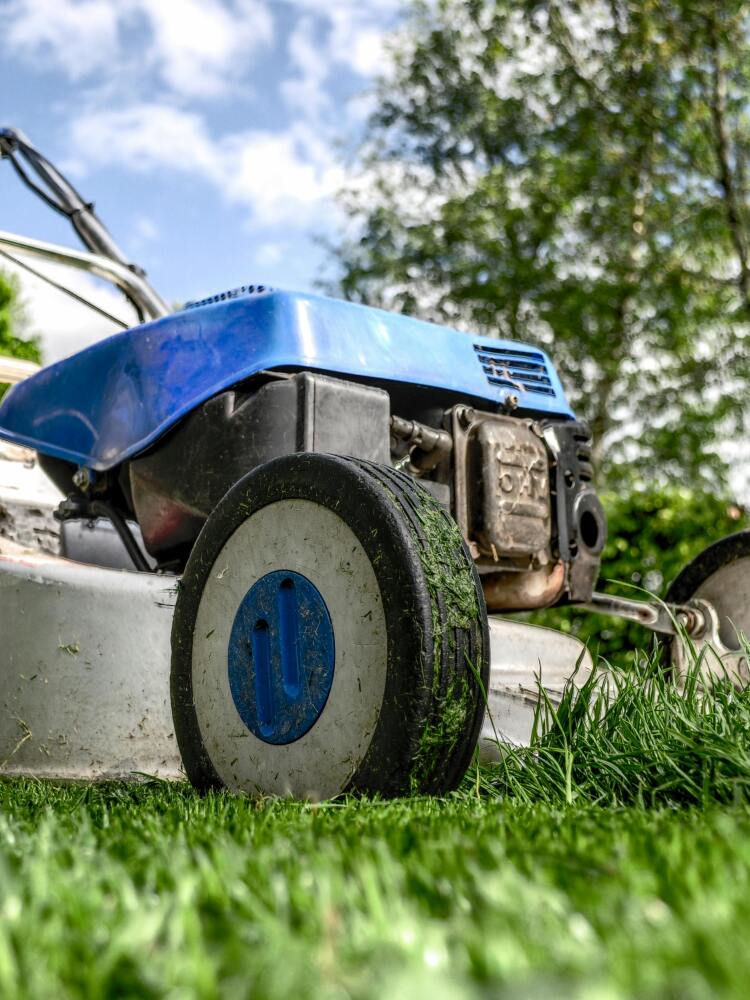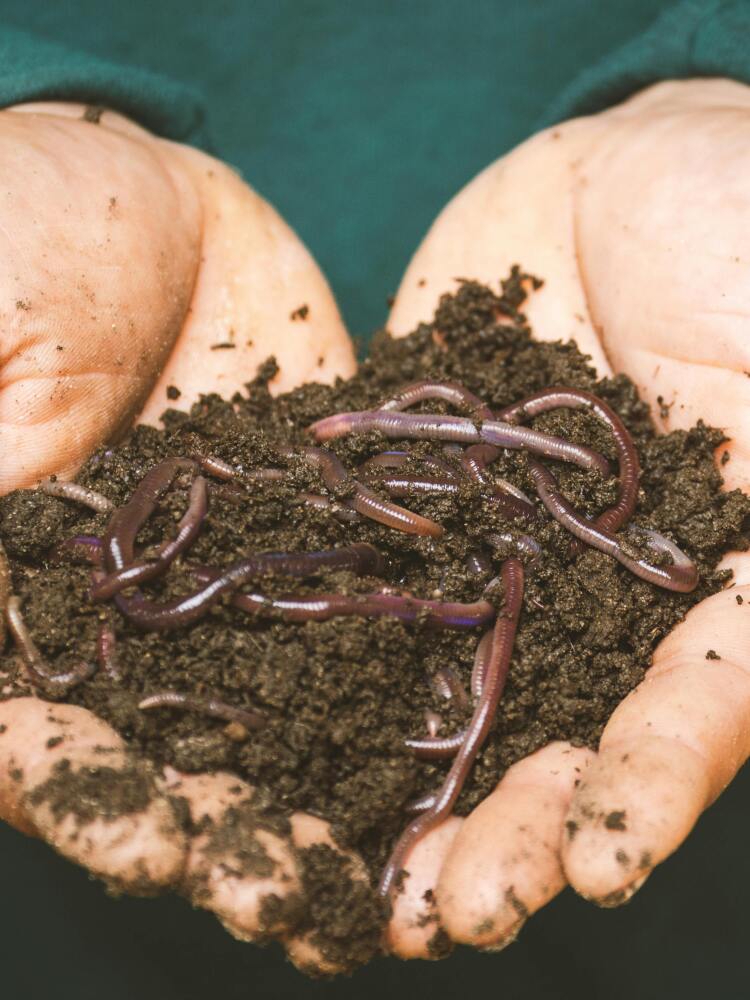After a long winter’s slumber beneath icy blankets of snow, your lawn is eager to awaken and begin growing! But like us as we rise from bed, yards need a little boost before they appear fresh and ready to shine.
No need to fret – a few essential spring refreshers will have your grass primed for lush green brilliance once again. Let’s get started!
Prepare Your MowerBefore enlisting your mower for regular duty, give it some care following its winter hiatus. Routine maintenance not only ensures optimal performance but also spares you from wrestling with a cranky machine when mowing season arrives! Begin by draining any old gas and oil from last season, as they can degrade over time. Replace the spark plug, air filter, and blades if necessary, and refill with fresh fluids. Ensure mower blades are sharpened or replaced to ensure clean cuts rather than torn or bruised grass. With a finely tuned engine and sharp blades, you and your mower are prepared to kick off the season smoothly. | |
Rake AwayGrab a sturdy rake and clear away any remaining dead debris before new growth flourishes. Remove fallen leaves, twigs, and any other debris down to the soil level. However, be gentle if the ground remains moist to avoid damaging living grass. Expose any lingering matted clumps of old grass and moss to allow better penetration of warmth and rain. Leave no corner untouched – start the season with a pristine lawn canvas! | |
DethatchIf you notice a dense mat of dead roots, stems, and debris accumulating on your lawn’s surface, it’s time to dethatch. This layer can impede the flow of essential elements like water, air, and nutrients to grass roots. Use a dethatching rake with metal tines to vigorously rake small sections and remove thick thatch buildup. Be careful not to dig too deeply into the living turf below, aiming for a depth of around half an inch. Proper dethatching provides your grass with a breath of fresh air and space to grow new blades unhindered. Don’t skip this step! | |
AerateIf your lawn feels compacted in certain areas, akin to a firm mattress, it may suffer from soil compaction due to heavy foot traffic or excessive thatch buildup. Aeration is the solution – special machines puncture hollow tubes into the turf, extracting cores of soil and leaving behind open gaps. This allows for better movement of water, nutrients, and gases to the grassroots. While fall is typically the preferred time for aeration, spring works too if compaction issues persist. Ensure thorough watering afterward to prevent newly punched holes from drying out and harming tender seedlings. | |
Test Your SoilSoil pH significantly impacts turf health, but testing it is straightforward. Obtain a basic pH test kit from the garden center, collect soil samples, send them off to the lab, and await the results! Most grasses thrive in the “just right” pH range of 6.0 – 7.0. The presence of moss indicates acidic soil conditions. Apply an amendment like lime to neutralize acidity and adjust the pH accordingly, but be cautious not to overdo it and swing the pH too far in the alkaline direction. | |
Mow at the Right HeightAvoid the temptation to scalp your grass just because the weather is warming up. Allow your grass blades to grow a bit longer – most turf types thrive when maintained at a height of 3-4 inches. Longer grass promotes deeper roots and inhibits weed growth. Adjust your mower height to the maximum setting recommended for your turf and never remove more than one-third of the blade length in a single mowing session. Cutting too short stresses the grass and creates opportunities for weeds to establish themselves. | |
OverseedCombat thin or patchy areas left behind by winter with grass seed! Choose a turf builder blend matched to your existing grass, containing fertilizer for accelerated growth. Use a hand spreader to evenly distribute seeds over bare or thinning areas, watering gently daily until new growth appears. Consider using protective cover strips to retain moisture and deter birds from feasting on the seeds. | |
Weed ControlSpring is prime time for weed growth, but keeping them in check is achievable with the right approach. Arm yourself with appropriate herbicides: Pre-emergents create a protective barrier preventing weed seeds from germinating. Apply these early in spring to prevent issues before they arise, but avoid combining them with overseeding as they inhibit all seed growth. Post-emergents target existing weeds on your turf. Look for formulas tailored to specific nuisances like dandelions, crabgrass, or creeping charlie. Spot treat individual weeds or clusters to minimize waste. Consider manual removal for isolated weeds rather than blanket spraying. Spot treat or remove weeds strategically rather than treating the entire lawn unnecessarily. | |
Fertilize WiselySelect a slow-release nitrogen fertilizer for steady growth rather than rapid surges that can lead to excessive top growth at the expense of root development. Always follow package instructions to avoid burning the grass with excess fertilizer. Avoid fertilizing immediately after using herbicides to prevent damage to the grass. Allow chemicals to dissipate fully before applying fertilizer. If unsure about your turf’s nutritional needs, consult lawn care professionals for tailored recommendations. | |
Combat GrubsGrub worms can wreak havoc on your lawn by devouring grassroots, but you can protect your yard using various methods: Traditional insecticides effectively eliminate grubs but may also harm beneficial insects. Use them sparingly and with caution. Milky spore dust contains bacteria lethal to grubs, causing slow but certain death upon ingestion. Nematodes are microscopic worms that infect grubs with lethal bacteria, effectively eliminating them. Neem oil, derived from evergreen trees, repels adult beetles and disrupts the grub life cycle. It’s a natural and non-toxic alternative. Regardless of the method chosen, regularly inspect your lawn for signs of grub activity and take preventive measures to keep your lawn healthy and grub-free. |
It’s important to know that a good home investment requires a well-taken-care lawn. Remember, it’s the first thing that people see when they pass by. A beautiful Curb Appeal attracts positive energy too!











